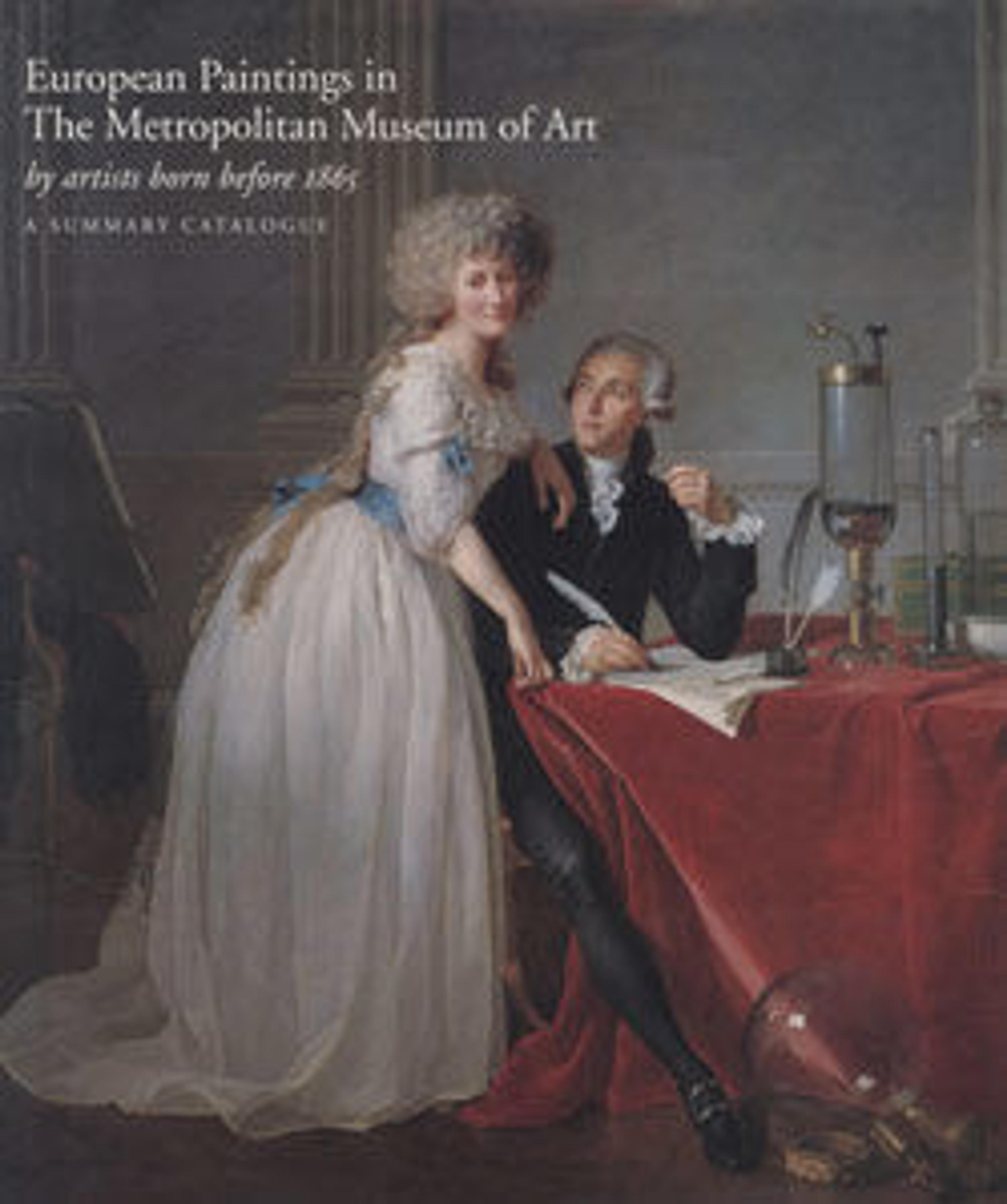Two Tritons at the Feast of Acheloüs
Ever since its acquisition in 1906, the authorship of this striking painting has been the subject of intense debate. Like many paintings made in seventeenth-century Antwerp, it is clearly the work of two artists, one a specialist in the human body, and the other in still life painting. Recent conservation of the picture has supported attribution of the two male figures, with their craggy, bearded faces and powerful physiques, to the young Anthony van Dyck. These two men are tritons, or mermen, carrying an enticing array of seafood to the banquet glimpsed in the background on the left.
Artwork Details
- Title:Two Tritons at the Feast of Acheloüs
- Artist:Attributed to Anthony van Dyck (Flemish, Antwerp 1599–1641 London)
- Artist:and Attributed to Frans Snyders (Flemish, Antwerp 1579–1657 Antwerp)
- Medium:Oil on canvas
- Dimensions:62 3/4 x 45 7/8 in. (159.4 x 116.5 cm)
- Classification:Paintings
- Credit Line:Marquand Fund, 1906
- Object Number:06.1039
- Curatorial Department: European Paintings
More Artwork
Research Resources
The Met provides unparalleled resources for research and welcomes an international community of students and scholars. The Met's Open Access API is where creators and researchers can connect to the The Met collection. Open Access data and public domain images are available for unrestricted commercial and noncommercial use without permission or fee.
To request images under copyright and other restrictions, please use this Image Request form.
Feedback
We continue to research and examine historical and cultural context for objects in The Met collection. If you have comments or questions about this object record, please contact us using the form below. The Museum looks forward to receiving your comments.
